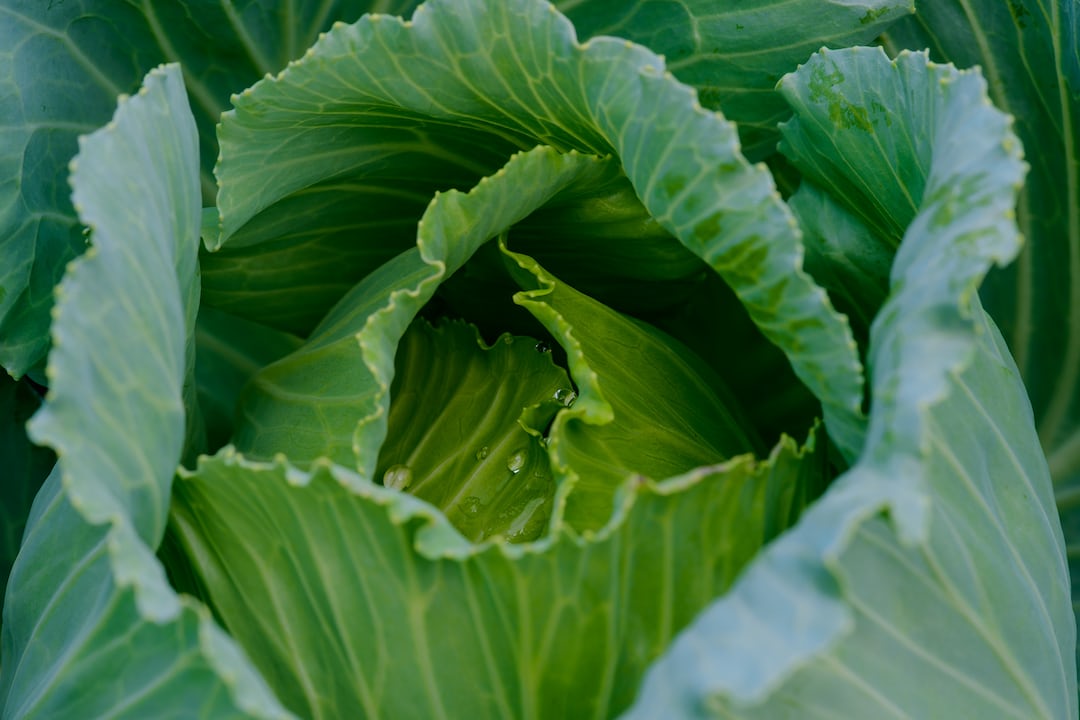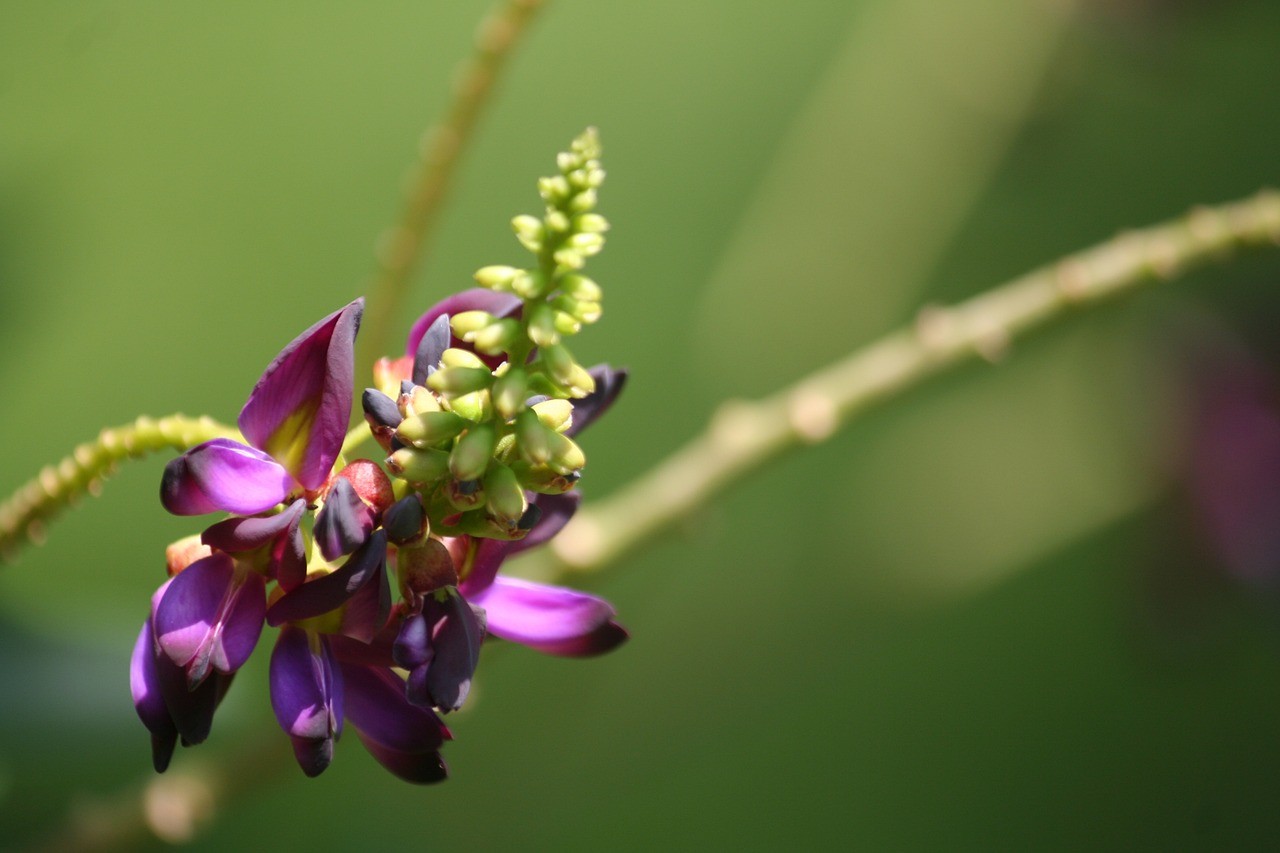Grow Napa Cabbage Easily And Quickly With These Tips
Updated on
November 8, 2023

Growing Napa Cabbage
Growing Napa Cabbage in your home garden isn't a challenging task anymore. With our easy and quick tips, you can turn your gardening hobby into a productive endeavor by cultivating your very own Napa Cabbage—a rich source of vitamins and fiber with a crispy, delicate flavor. If Napa Cabbage has been your favorite crunch in salads or the star ingredient in your kimchi, it's high time you tried your hand at growing it. This comprehensive article is especially designed to guide you through the basics of growing Napa Cabbage smoothly, whether you're a seasoned gardener or just starting out. From selecting the right seeds, planting, caring, to harvesting, our Napa Cabbage growing tips cover everything. Join us on this gardening journey and discover the satisfaction of growing your own food, frequently and abundantly. Stay with us and learn the gratification gardening gives, starting with easy-to-grow Napa Cabbage!
Follow us to keep learning!
Cheatsheet: Grow Napa Cabbage Easily And Quickly
1. Choose the right 🌞 sun exposure
Provide 6+ hours of direct sunlight daily for optimal growth.
2. Prep nutrient-rich soil
Ensure well-draining soil, pH 6.5-7, enriched with organic matter.
3. Start seeds indoors 🏠
Sow seeds in trays 4-6 weeks before the last frost date.
4. Transplant 🌱 seedlings
Move young seedlings to the garden after the danger of frost has passed.
5. Give ample 💦 water
Water plants regularly, keeping soil moist but not waterlogged.
6. Thin out seedlings ✂️
Leave 12-18 inches between plants to allow proper growth.
7. Fertilize as needed 🔋
Apply balanced fertilizer every few weeks to promote growth.
8. Control 🐛 pests
Use organic methods to combat cabbage worms and aphids.
9. Harvest promptly 🕰️
Pick heads once firm and compact, preferably in the morning.
10. Enjoy the benefits 🥗
Napa cabbage is low in calories, rich in vitamins C and K, and great for slaws and stir-fries!
When it comes to growing Napa cabbage, I've learned a few tricks over the years that make the process easy and quick. Napa cabbage, also known as Chinese cabbage or celery cabbage, is a versatile and nutritious vegetable that deserves a spot in every gardener's patch. Here are my top tips to help you successfully grow Napa cabbage:
1. Start with the Right Seeds
Choosing high-quality Napa cabbage seeds is crucial for a successful harvest. Look for reputable seed suppliers and select varieties that are specifically bred for your climate zone. This ensures that your cabbage plants will thrive and produce delicious heads.
2. Prep the Soil
Napa cabbage prefers well-draining soil rich in organic matter. Before planting, amend your soil with compost or well-rotted manure to improve its texture and fertility. Remove any rocks or debris, as they can hinder root growth.
3. Timing is Key
For a quick and bountiful harvest, it's important to time your Napa cabbage planting correctly. Start seeds indoors 6-8 weeks before the last frost date in your area. Transplant them outdoors when the soil temperature reaches around 50°F (10°C).
4. Space Your Cabbage Plants
Napa cabbage needs enough space to grow and develop those big, beautiful heads. Plant seedlings at least 18-24 inches apart to give them room to spread out. Proper spacing also improves air circulation, reducing the risk of diseases.
5. Provide Adequate Water
Consistent watering is essential for healthy Napa cabbage growth. Keep the soil evenly moist, especially during hot and dry periods. Avoid overwatering, as it can lead to root rot. Mulching around your plants can help retain moisture and moderate soil temperature.
6. Protect from Pests
Napa cabbage can fall prey to a range of pests, including cabbage worms, aphids, and slugs. Inspect your plants regularly and take action at the first signs of infestation. Handpicking larger pests, using organic insecticidal soaps, or setting up physical barriers like row covers can help protect your plants.
7. Feed Your Napa Cabbage
To promote rapid growth and robust heads, feed your Napa cabbage with balanced organic fertilizer. Apply it according to the package instructions or follow a regular feeding schedule. This extra boost of nutrients will ensure strong, healthy plants.
8. Harvest at the Right Time
Finally, the moment you've been waiting for! Harvest your Napa cabbage heads when they reach their full size and have a firm texture. Use a sharp knife to cut them at the base, close to the soil level. Enjoy the fruits of your labor in delicious stir-fries, salads, and kimchi!
Cabbage fact: Did you know that Napa cabbage is incredibly low in calories but packed with vitamins and minerals? This nutritious leafy green is an excellent addition to a healthy diet!
By following these tips, you'll be well on your way to growing Napa cabbage easily and quickly. Remember to observe your plants closely, adjust your care routine as needed, and enjoy the journey of cultivating this delightful vegetable in your garden. Happy gardening!
Frequently Asked Questions
1. How do I grow Napa cabbage?
Plant Napa cabbage seeds in well-draining soil. Keep the soil consistently moist and in partial shade. Harvest when heads reach desired size.
2. When is the best time to grow Napa cabbage?
Plant Napa cabbage in early spring or late summer for optimal growth.
3. How much sunlight does Napa cabbage need?
Napa cabbage prefers partial shade, but make sure it gets at least 4-6 hours of sunlight daily.
4. Do I need to fertilize Napa cabbage?
Yes, use a balanced fertilizer to provide necessary nutrients. Apply it every 2-3 weeks.
5. How often should I water Napa cabbage?
Keep the soil consistently moist, ensuring it doesn't dry out. Water regularly, especially during dry spells.
6. How long does it take for Napa cabbage to mature?
Napa cabbage typically takes 55-75 days to reach harvestable size.
7. Can I grow Napa cabbage in containers?
Yes, Napa cabbage can be grown in containers as long as they have sufficient depth and drainage.
Growing Napa cabbage is an fun and rewarding activity. Not only do you get to enjoy the delicious and nutritious benefits of this vegetable, but you also help protect the environment as Napa cabbage requires minimal water and fertilizer to grow and is easy to maintain. So take up the challenge and start growing Napa cabbage today to truly appreciate its goodness!





